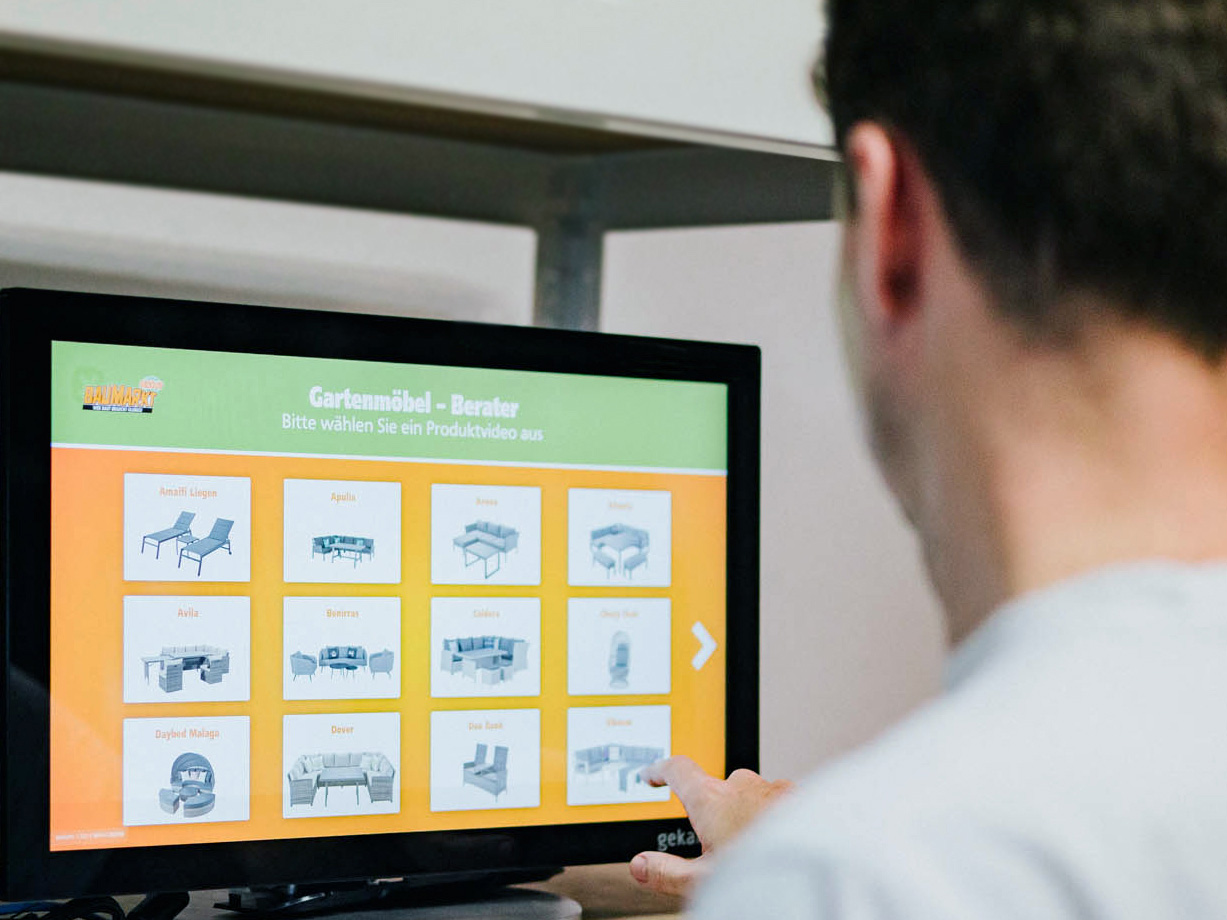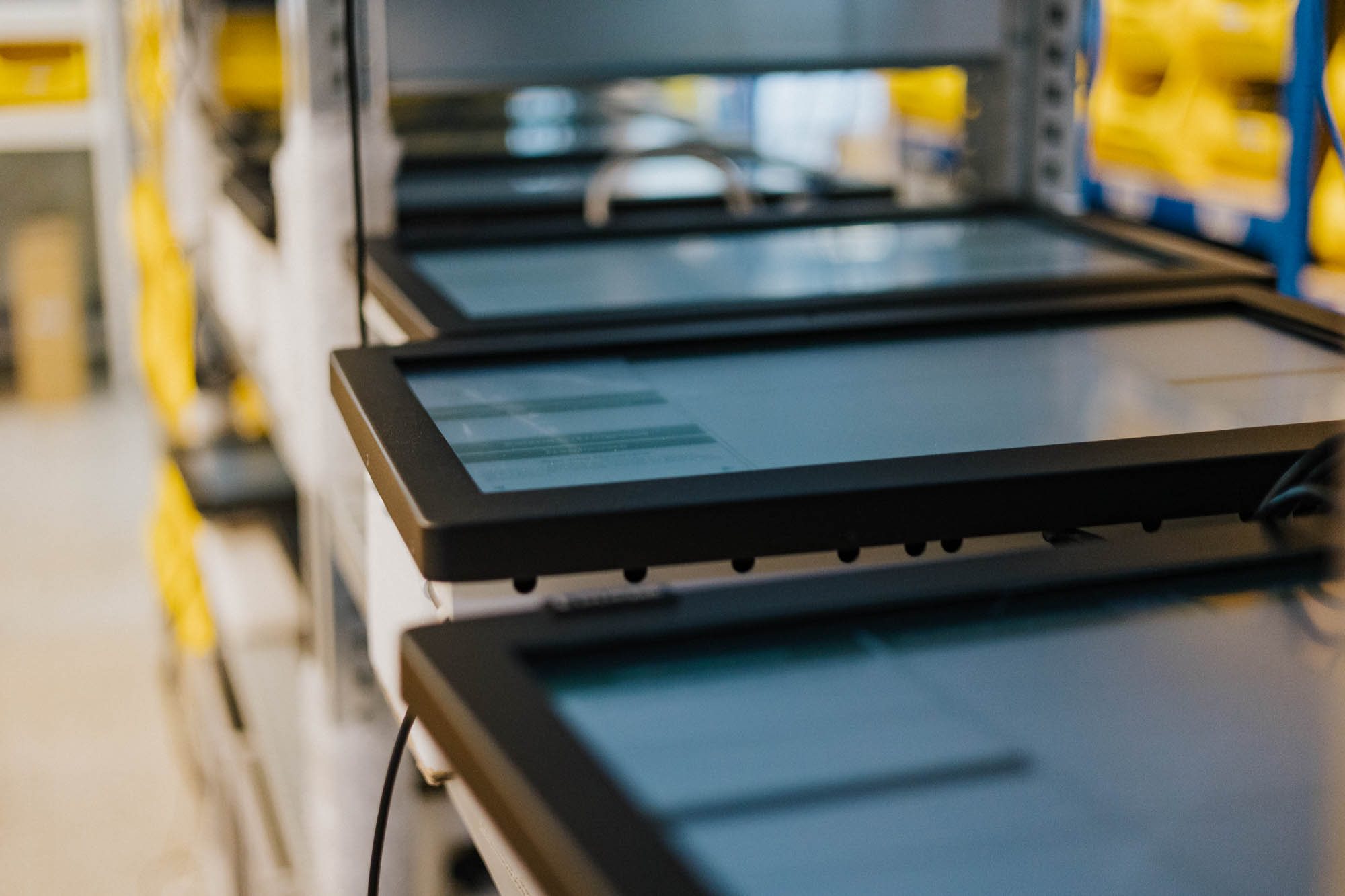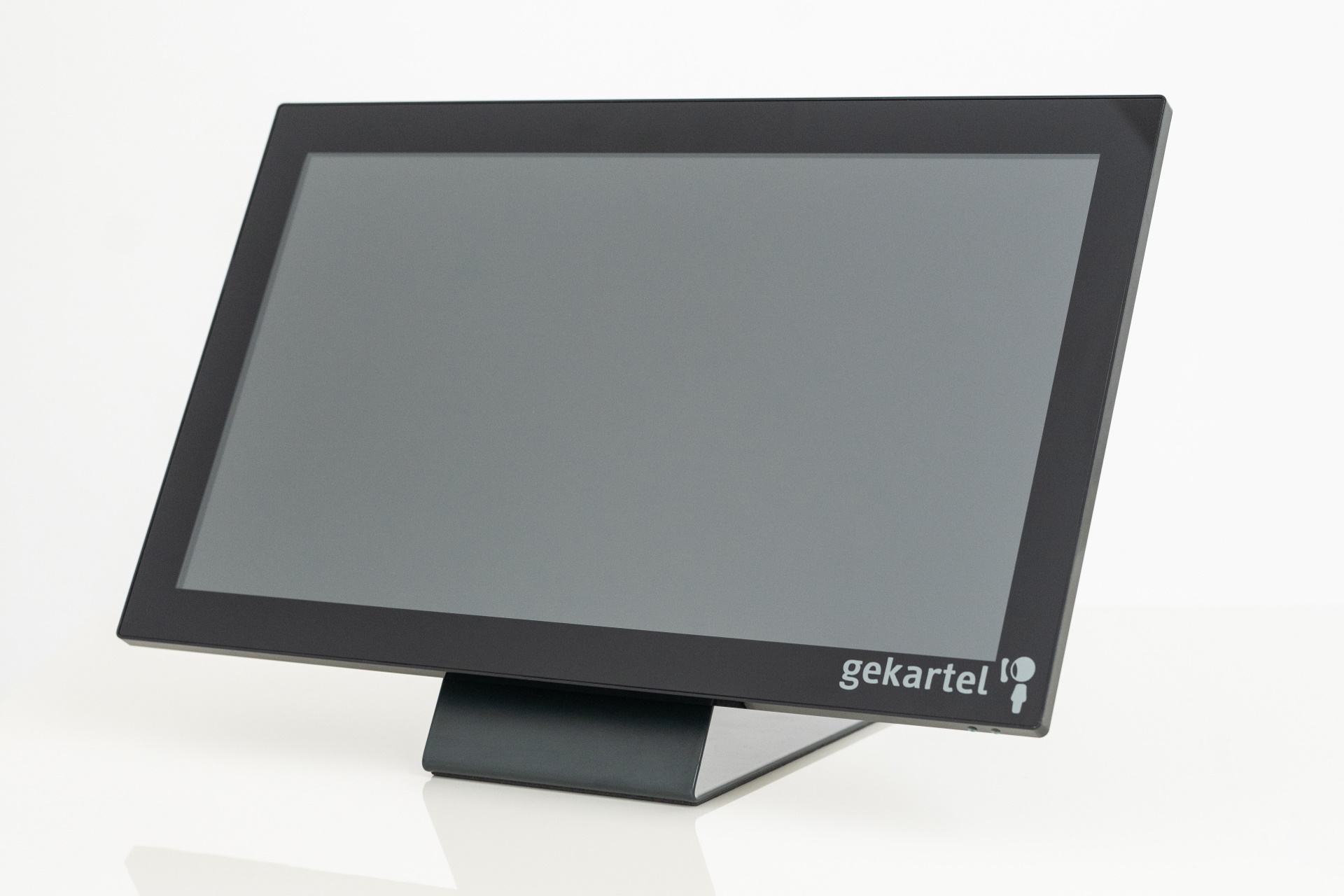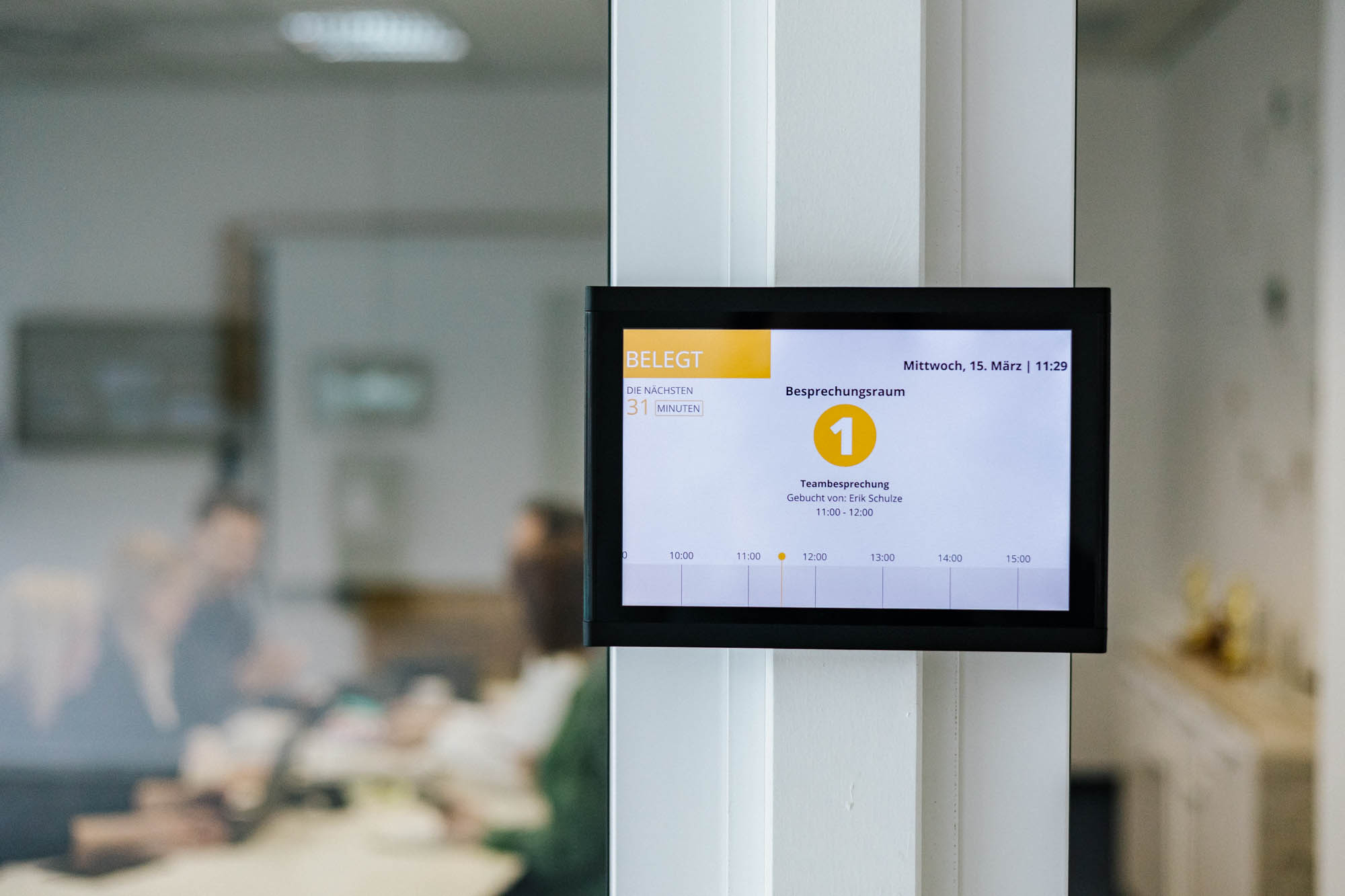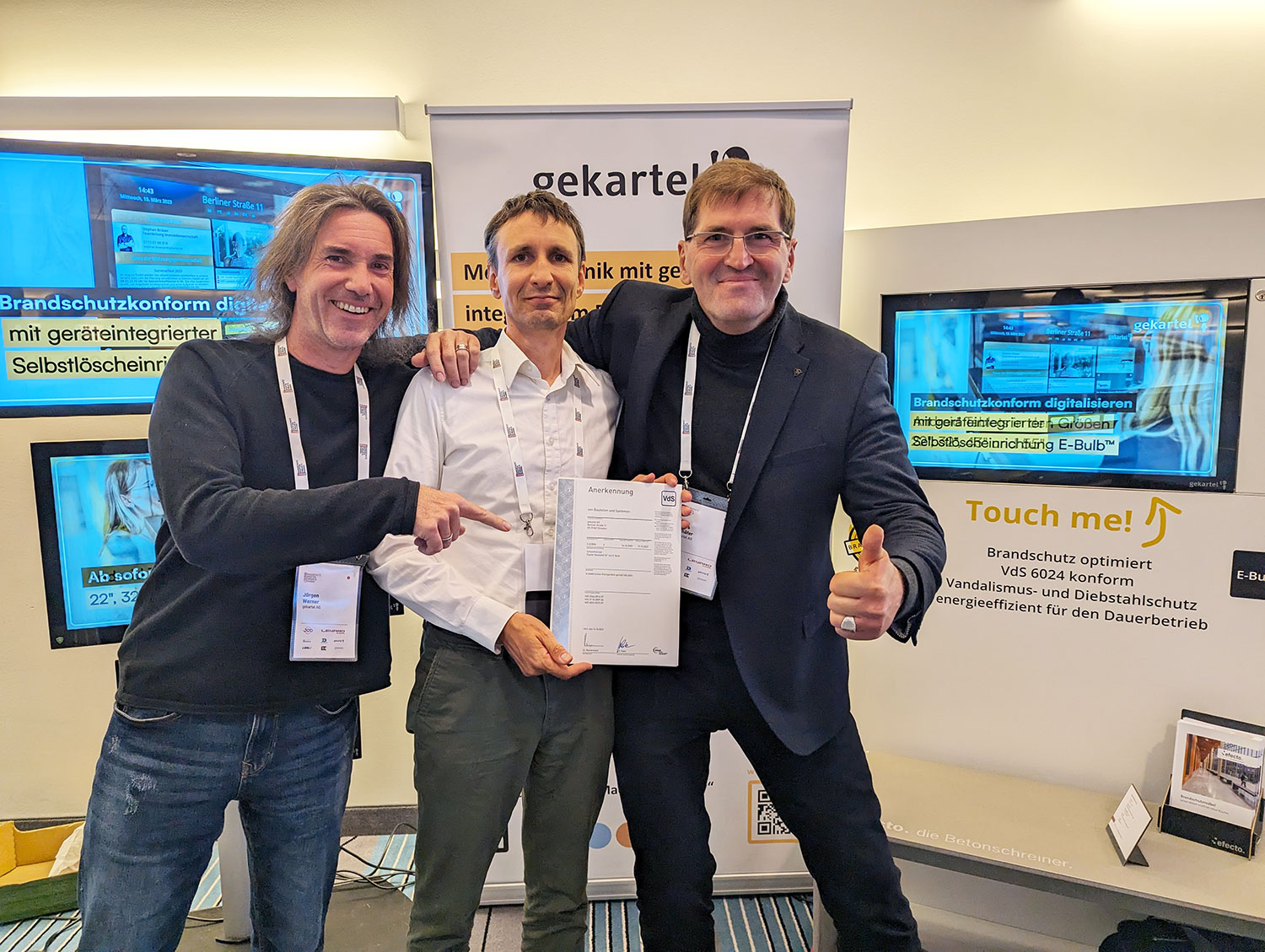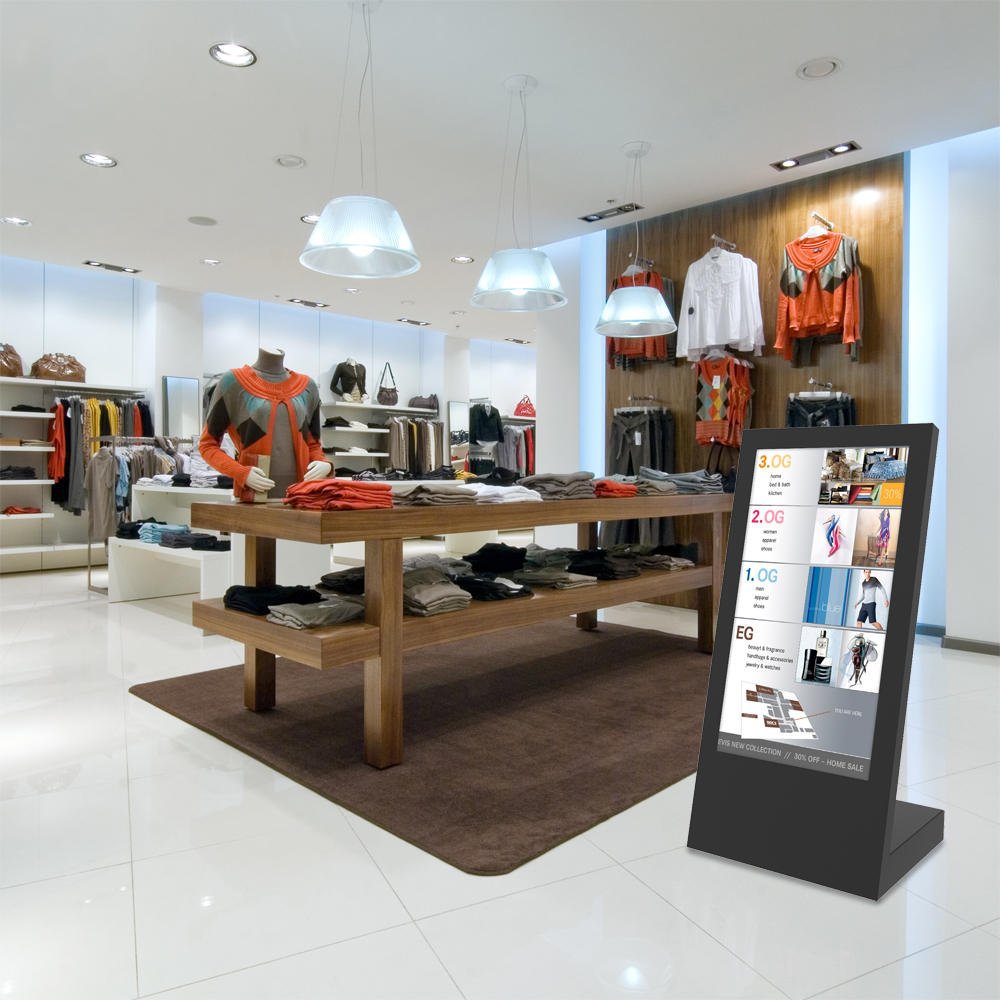Learn the differences between industrial tablets and commercial monitors
So why not purchase an iPad or Samsung tablet?
There are six simple reasons:
Reason 1: Design and components
Consumer monitors are not suitable for 24/7 continuous operation. The big manufacturers produce consumer tablets in very large quantities. For this reason, there are partly price advantages, which are, however, compensated for in the selection of the installed components. For example, if a Samsung tablet is in continuous use for more than two years, the electronic components wear out before the planned lifespan because it is geared towards private use. Functional problems then occur much sooner. Consequently, this leads to more frequent and costly replacement than opting for hardware with industrial-grade components from the outset. The higher initial purchase costs are amortized with a longer device life.
Reason 2: Battery
All B2C tablets have a battery that is not designed for continuous power operation. Batteries that are constantly connected to the charging cable and thus always stay in the charging state will break. The shelf life in this state is often limited to a few months.
In addition, there is the “danger” of simply forgetting to put the tablet back into the docking station for charging during mobile use in stressful daily business. Users have to actively take care of recharging the device for the next use.
Reason 3: “Google-free” operating software without auto-update
The Android or iOS operating interfaces from Apple come directly from the manufacturers and cannot be individually adapted for projects and customer-specific applications. In addition, numerous applications such as those from Google are already preinstalled, some of which do not comply with the strict data protection requirements for corporate and IT security. In addition, uncontrollable software updates are often started by the manufacturers, which in most cases can lead to instabilities and an application that no longer functions.
Integrated peripherals such as scanners or printers can also be put out of operation by an update, as these are not tested for specific applications. Expensive service calls to fix the problem on site are often the result.
Reason 4: Theft/manipulation
Despite a variety of measures (e.g. Kensington Lock), branded products disappear very quickly in the unmonitored area. iPads are the most popular objects for thieves, who use every opportunity to steal or manipulate devices at the point of sale, for example. This is because for tablets from the consumer sector, many are now familiar with the secret gestures or combinations to get into the submenus and use the devices to surf the Internet, for example. With a “clean” operating system, on the other hand, industrial tablets are more tightly secured. Against theft, industrial solutions are often firmly screwed to the back of the device with the VESA system and thus receive reliable protection.
Reason 5: Energy costs
The monitor runs in continuous operation, so energy-saving hardware is also an important criterion here. Motion sensors, standby and energy-saving modes overnight with automatic time switching help to significantly save energy and costs. The backlight of the display represents approx. 75-80 percent of the power consumption at full brightness and can be significantly reduced by targeted dimming.
Reason 6: Fire protection
Especially when using industrial tablets and displays in public and sensitive areas such as foyers, entrance areas, stairwells (escape and rescue routes) or elevators, there are strict fire protection regulations that partly prevent their installation. For one thing, the material composition of the hardware should be fire-resistant. Secondly, since this year, devices used in sensitive areas must comply with VdS Guideline 6024 for device-integrated fire protection.
